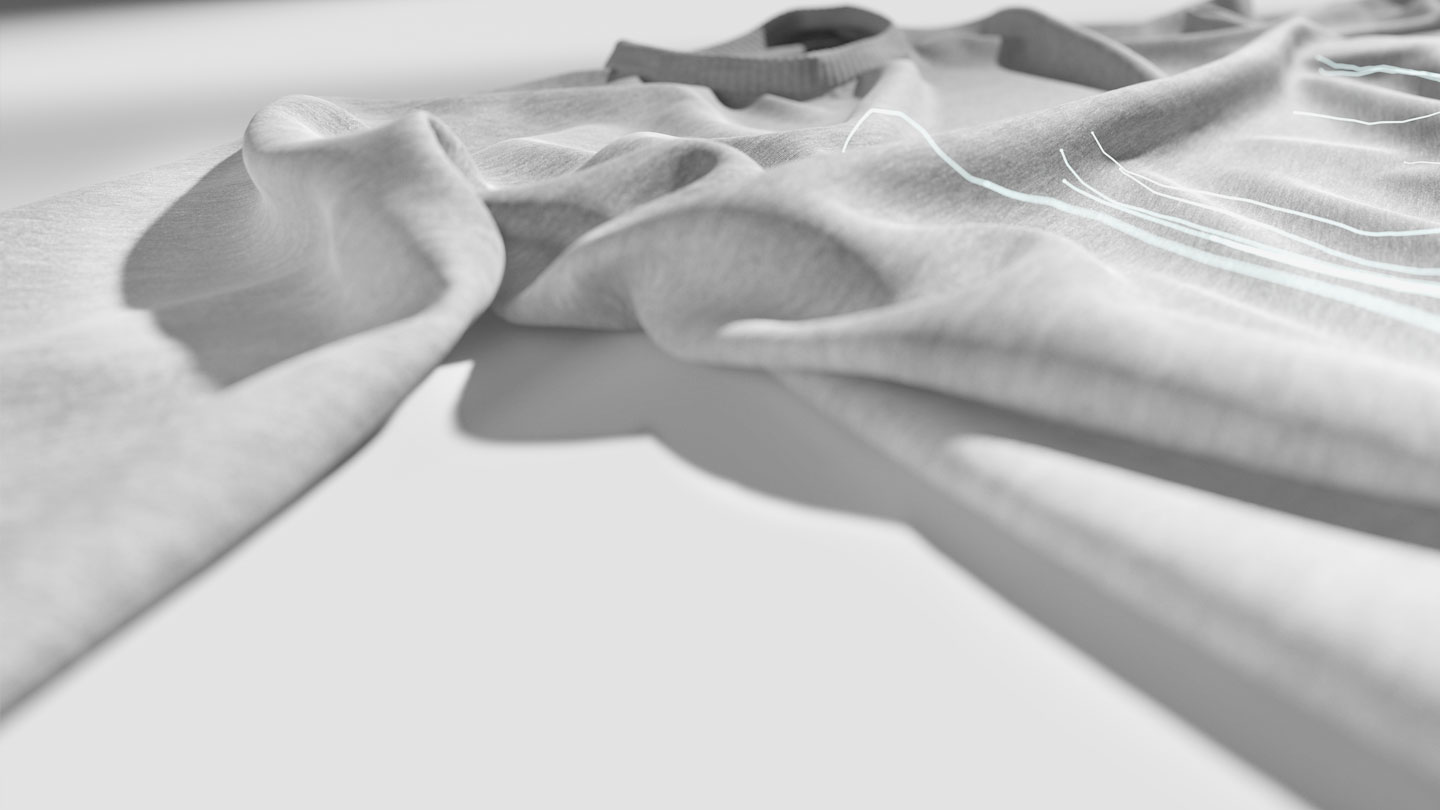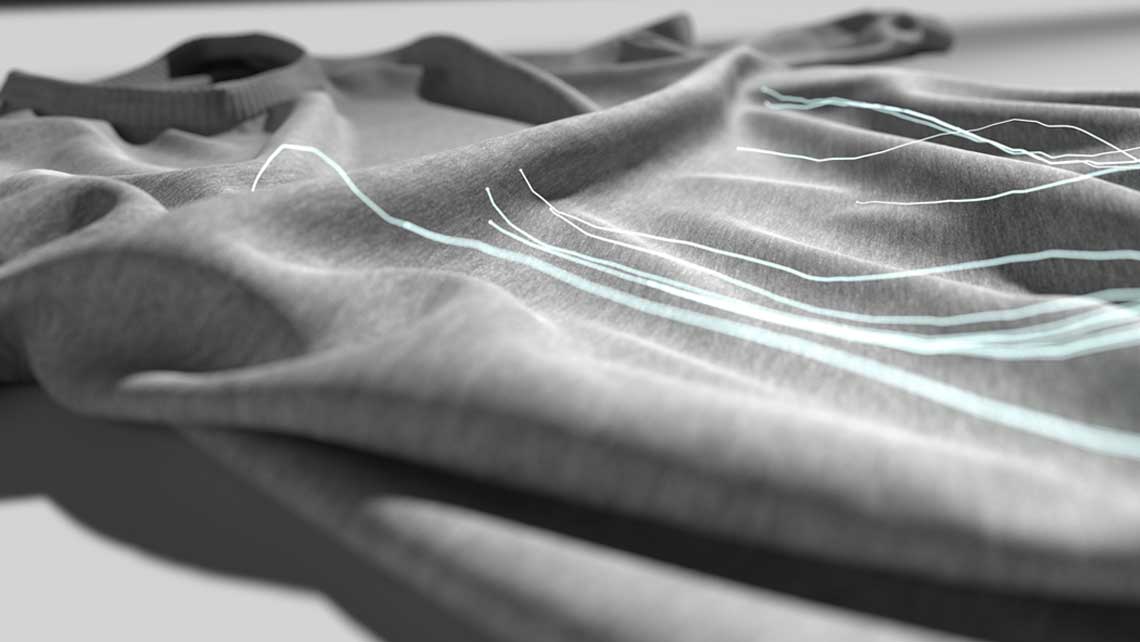“The urgent need to discover more sustainable alternatives to fossil-based synthetic fibers and cotton and to increase textile recycling and circularity within the industry is clear to everyone. While the textile sector has already witnessed exciting innovations from pioneers and startups, there’s still considerable groundwork ahead to truly transition to renewable raw materials and to transform the linear value chain into a circular one,” says Stefan Winklehner, Business Creation Manager for Textile Fiber Additives at Kemira.
To foster essential collaboration and knowledge sharing within the sustainable textile fiber domain, VTT (Technical Research Centre of Finland), Kemira, and Valmet collaborated to host the first-ever Nordic Textile Fibre Day in Helsinki, Finland, in January. Bringing together over 100 key industry stakeholders from the region that has become the forefront of pioneering textile fiber innovations, the event explored the latest developments in man-made cellulosic fibers (MMCF) and textile recycling. In this article, Stefan shares the key takeaways he gathered from the day’s discussions.
Collaboration for scale-up
“The overarching theme of every conversation was the necessity for open collaboration across the entire value chain. Scaling up the production of novel cellulosic fiber innovations, transitioning from pilot phase to industrial-scale manufacturing, and securing funding for development and investments remain critical challenges for the players of the emerging field,” Stefan emphasizes.
Achieving a successful scale-up requires close co-operation and joint effort. “What became clearly highlighted, and what still seems to be somewhat lacking, is a comprehensive grasp of the breadth of this transformation and the mindset shift that is needed throughout the existing textile industry. This isn’t simply a matter of substituting one fiber with a more renewable source, but about creating an entirely new circular ecosystem,” Stefan summarizes.
This isn’t simply a matter of substituting one fiber with a more renewable source, but about creating an entirely new circular ecosystem
There is an evident demand for renewable textile fibers. Brands are committed to moving away from fossil-based synthetic fibers and cotton due to sustainability concerns. Meanwhile, global cotton supply is decreasing due to environmental factors such as drought, which further underscores the urgency of the shift.
It was also noted that consumer acceptance and behavior have a critical role in ensuring this transition’s success. “As somebody said, the purchases that we, as consumers, make today will impact the recycling efforts of tomorrow.”
Enabling fiber innovation with existing expertise
Another factor highlighted as an enabler for scaling up was the extension of expertise in cellulose fiber processing and modification, drawn from the traditional pulp and paper sector, to support emerging fields. This is also where Kemira’s expertise comes into play. The proven chemistry application expertise from cellulose fiber processes and products is perfectly suited to the needs of man-made cellulose fiber production and textile recycling.
“There are many new-to-the-world processes and technologies. As an established industry partner with existing products and, for instance, capabilities for research and development and expertise in product safety and regulatory affairs, we can support startups throughout their development journey,” Stefan stresses
Chemicals play a key role in creating and improving necessary properties for cellulosic textile fibers and enabling efficient production processes, helping to, e.g., conserve energy and optimize water usage in manufacturing. “For instance, we can provide solutions for the MMCF production, starting from pulp pre-treatment and all the way to functionalization of fibers and even wastewater treatment.”
Overcoming challenges in textile recycling
Only 1% of the raw materials used in clothing production are currently recycled globally into new clothing. In the European Union, approximately 5.8 million tons of textiles are discarded annually – equivalent to 11.3 kg per person in EU countries. Today, most post-consumer textile waste still ends up in incinerators or landfills.
“In the light of these facts, the third key takeaway is the necessity to prioritize textile recycling,” Stefan states.
The challenge for the industry is being able to advance technological innovations and develop processes to meet the need. Textile recycling is not a simple task; most textiles are not monomaterials, which presents unique challenges to the fiber-to-fiber recycling process. Removing dyes, non-cellulosic fibers, and other impurities from recycled textiles is detrimental to future processing steps and to increasing the volume of recycled textiles as the feedstock for MMCF production.
“Also, here we can leverage our experience from the papermaking process. For instance, we have solutions that support fiber recycling process, which help maximize the removal of synthetic fibers and minimize the loss of valuable cellulosic fibers. Chemistry expertise from existing pulp bleaching processes can be applied in treating cotton-based pulp. It helps decolorize textile waste and turn it into dissolving pulp that is highly reactive and meets the requirements for fiber reuse in high-value applications.”




